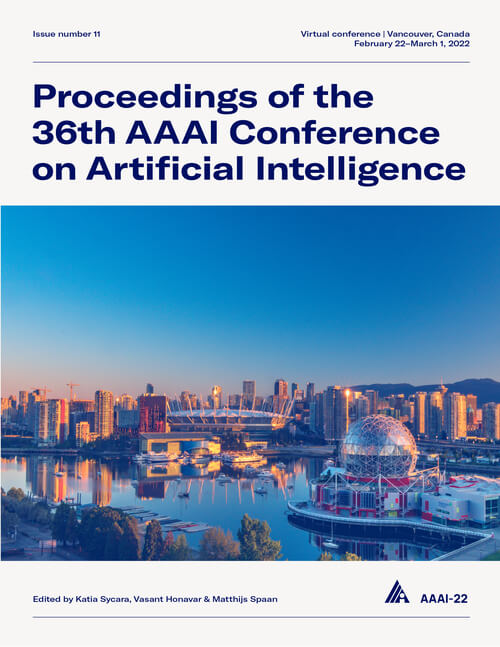Bag Graph: Multiple Instance Learning Using Bayesian Graph Neural Networks
DOI:
https://doi.org/10.1609/aaai.v36i7.20762Keywords:
Machine Learning (ML)Abstract
Multiple Instance Learning (MIL) is a weakly supervised learning problem where the aim is to assign labels to sets or bags of instances, as opposed to traditional supervised learning where each instance is assumed to be independent and identically distributed (IID) and is to be labeled individually. Recent work has shown promising results for neural network models in the MIL setting. Instead of focusing on each instance, these models are trained in an end-to-end fashion to learn effective bag-level representations by suitably combining permutation invariant pooling techniques with neural architectures. In this paper, we consider modelling the interactions between bags using a graph and employ Graph Neural Networks (GNNs) to facilitate end-to-end learning. Since a meaningful graph representing dependencies between bags is rarely available, we propose to use a Bayesian GNN framework that can generate a likely graph structure for scenarios where there is uncertainty in the graph or when no graph is available. Empirical results demonstrate the efficacy of the proposed technique for several MIL benchmark tasks and a distribution regression task.Downloads
Published
2022-06-28
How to Cite
Pal, S., Valkanas, A., Regol, F., & Coates, M. (2022). Bag Graph: Multiple Instance Learning Using Bayesian Graph Neural Networks. Proceedings of the AAAI Conference on Artificial Intelligence, 36(7), 7922-7930. https://doi.org/10.1609/aaai.v36i7.20762
Issue
Section
AAAI Technical Track on Machine Learning II

